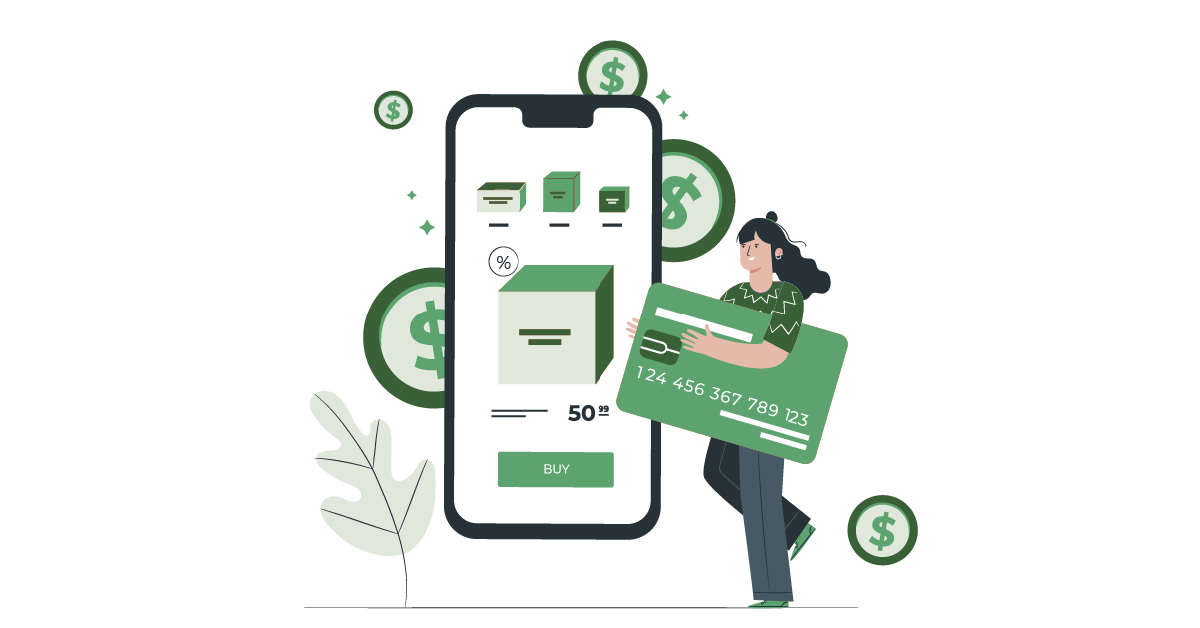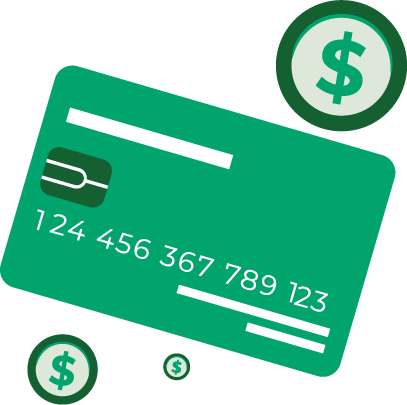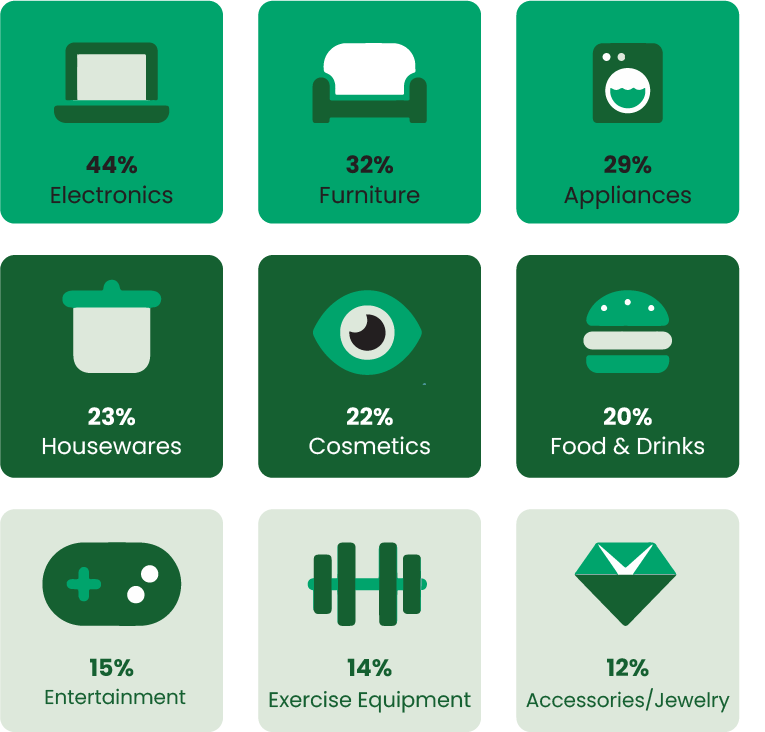Buy Now Pay Later Statistics You Need to Know in 2023

The Buy Now, Pay Later method is a relatively new shopping trend that many of us have turned to at least once. So, what is it, and how does it benefit us? Buy Now, Pay Later allows you to get that expensive item you've always wanted and commit to paying for it in installments over time. In other words, you purchase the item and then take ownership of it after making your installment payments. It's like an old-school layaway plan, only you get to use the item immediately instead of waiting until it's paid in full to take it home.
Many Buy Now, Pay Later plans don't charge interest; more importantly, they have no impact on your credit report. However, your credit score may be damaged if you don't make the payment on time or at all.
Credit Summit has compiled a list of the most relevant statistics for you, particularly if you're thinking about using BNPL to make a purchase.
Key Takeaways
- 60% of people have used a Buy Now, Pay Later plan during the pandemic.
- At least 47% of individuals have purchased clothes utilizing Buy Now, Pay Later plans.
- Paypal "Pay in Four" is one of the most popular services when it comes to BNPL.
- Consumers ages 18 to 24 have used BNPL services the most in 2022.
- The global market for BNPL is expected to increase by $39 billion.
U.S. Buy Now, Pay Later Statistics

Paypal's "Pay in Four" is one of the most popular BNPL services.
According to a survey of more than 2,000 Americans conducted by Ascent, 53% admit to using PayPal's "Pay in Four" service more than the other services mentioned below: (The Ascent)
The number of shoppers using BNPL plans has fallen by 6% compared to last year.
In 2021, at least 56% of users admitted to having used BNPL methods which reduced in 2022 by 6%, thus resulting in 50% of consumers who have used a buy now, pay later service. (The Ascent)
Consumers between the ages of 18 to 24 are using BNPL plans the most in 2022
61% of young adults utilize these services more frequently than other age groups, as can be seen from the percentages for the different age categories below: (The Ascent)
At least 33% of people have admitted to making a late payment or incurring a fee.
The 18-to-24 age group is most likely to struggle with payments, with 48% of consumers paying a late fee or making at least one late payment. (The Ascent)
45% of individuals use BNPL plans to pay for items they can't afford.
It's a troubling trend that 45% of shoppers are using BNPL plans to make purchases that are outside of their budgets. In addition, 13% use Buy Now, Pay Later because their credit cards are maxed out.
Using BNPL services responsibly can be a useful way to bridge the gap between paychecks or keep credit card debt low. But not fully understanding how these services work can make this form of debt dangerous — we'll discuss that below.
- 37% of users don’t want to use credit cards because of the interest.
- 21% of users want to borrow money without a credit check.
- 20% of users believe that their personal data are safer when using BNPL plans.
- 14% of users use BNPL plans because their credit card applications were declined.
- 13% of users prefer BNPL services to credit cards.
- 13% of users use BNPL plans because their credit cards are maxed out.
- 5% of users have no bank account.
- 6% of users said they use BNPL for other reasons.
26% of users learned about BNPL services through social media.
In addition to social media, there were other marketing sources to inform users about BNPL services, such as:
- Advertisement: 21%
- Friend or family member: 17%
- Digital store: 17%
- BNPL payment provider: 7%
- Brick-and-mortar store: 6%
- Other: 5%
23% of people use BNPL plans once every three months.
Below, there are responses from users on how much they use their BNPL services in 2022:
- More than once a week - 7%
- Once a week - 12%
- Once a month - 19%
- Once every six months - 17%
- Once a year or less - 22%
Buy Now, Pay Later Statistics in the Future
The global market size for BNPL is only growing; by 2030, it is expected to reach $39 billion.
The global market size was valued at $5.1 billion in 2021, which shows a massive increase from 2021 to 2030, with a projected annual growth rate of 26%. (Grand View Research)
Analysts predict that BNPL transactions will rise from $1 trillion to $4 trillion in the upcoming years.
While Buy Now, Pay Later plans have their benefits, they also have some red flags. The primary danger is that users can end up with enormous debts on their BNPL credit cards without realizing it, particularly because people are using the plans to finance everyday purchases. (CNN Business)
The COVID-19 Impact

The pandemic has impacted countries and people around the world. As shops shut down and people were quarantined at home, the number of users online increased rapidly.
Many began buying items online, and since some had lost jobs or had work hours reduced due to the pandemic, Buy Now, Pay Later plans seemed like the best choice.
60% of people used a Buy Now, Pay Later plan during the pandemic.
According to a study about online shopping, at least 60% of respondents admitted to using Buy Now, Pay Later plans. One reason could be that they did not have enough money to purchase the item outright. Another could be that the buyer lost a job during the pandemic and had to turn to Buy Now, Pay Later due to reduced income. (C+R Research)
66% of people consider Buy Now, Pay Later plans "financially risky."
The buy now, pay later service has its pros and cons. While it can allow you to buy the items you want, you tend to spend more than you have, as it creates an illusion of the product being less expensive than it actually is. (C+Research)
Online shopping increased rapidly during COVID-19.
When asked how much internet shopping they did, 67% of respondents said they conducted more than half of their shopping online. Overall, 71% of consumers admitted that during the pandemic, they made more online purchases. (C+Research)
Throughout the pandemic, at least 47% of purchases were clothing items purchased using Buy Now, Pay Later plans.
During the quarantine, people had a lot of free time, which quickly increased online shopping. Besides clothing, other popular items are mentioned below: (C+Research)

59% of consumers admit to purchasing unnecessary items during the pandemic.
Many industries were impacted by COVID-19. This led to a large number of job losses. Buy Now, Pay Later plans may not have been great idea for shoppers at the time, considering a buyer's mental and emotional state. Many made expensive, unnecessary purchases without considering how they would pay for them. (C+Research)
